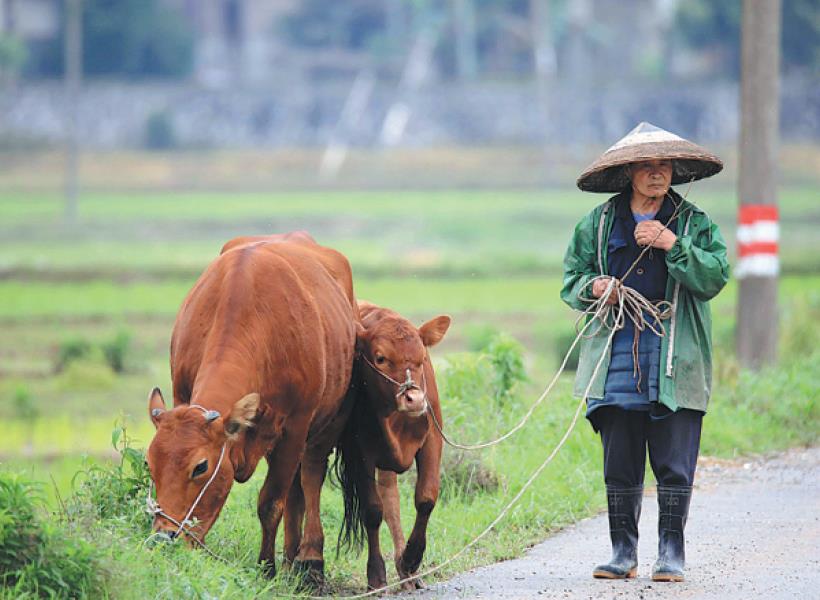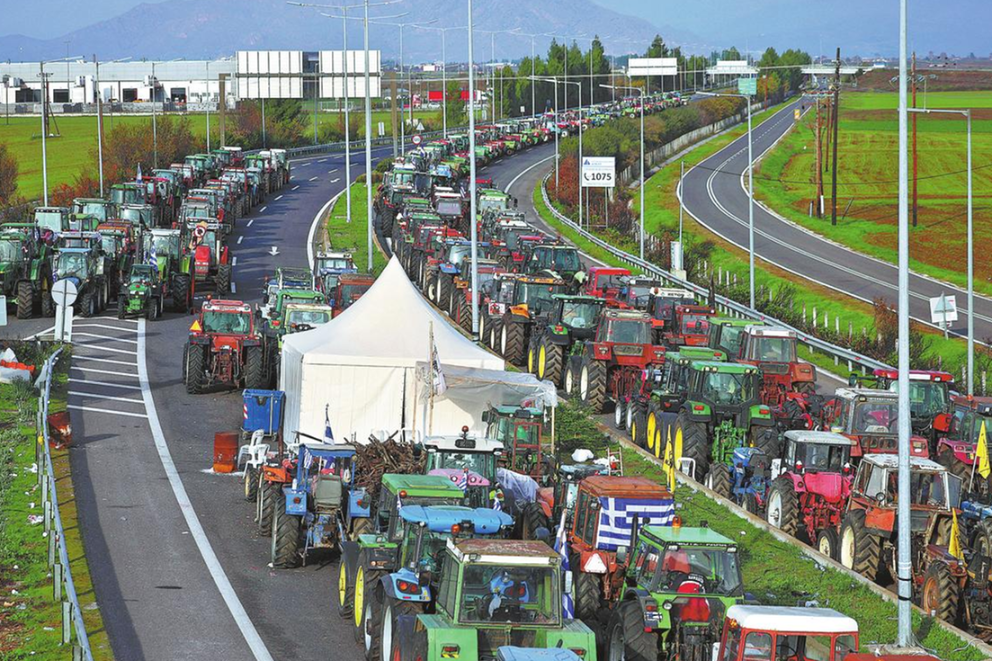Food prices shoot up amid pandemic, extreme weather


Inventories lower
Extreme weather conditions such as record high temperatures and droughts in North America and Europe, along with frosts in Brazil, damaged crops, cut supply lines and led to higher prices for many items.
Charlebois, from Dalhousie University, said: "The Northern Hemisphere was affected by severe droughts and floods, so inventories will be lower as we start the fall season." Many items will be more expensive, he added.
A report from the UN's Intergovernmental Panel on Climate Change released in early August said the world is warming quickly and approaching 1.5 C above pre-industrial levels, meaning more frequent droughts and destructive wildfires.
In turn, these result in damage to crops, impaired agricultural supply chains and more expensive food, affecting supplies of agricultural produce and driving up prices.
Anilkumar Bagani, head of research at oil broker the Sunvin Group in India, cited Malaysia as an example, saying that country's palm oil exports this year will be about 18 million metric tons, down from 19.2 million tons last year.
"Palm oil is the most-consumed vegetable oil globally and is used for many things, ranging from baked goods to ice cream. Reduced production leads to elevated prices, which will have a negative impact on food prices," Bagani said.
"The palm oil industry in Indonesia, the biggest such producer in the world, has not been growing at the pace expected. Malaysia, the second-biggest producer, has also seen its production fall due to COVID-19-related labor issues."
Roberto Velez, general manager at the National Federation of Coffee Growers of Colombia, said transportation costs have also risen significantly, with shipping becoming "enormously expensive".
He added: "There is also a shortage of transportation. I was recently in New York and was told by our customers that a container from Vietnam that used to cost $1,500 for shipping now costs $12,000.
"If you talk to importers, you find that freight rates from China to Colombia have risen by six or seven times. The world has a gigantic crisis in the entire maritime logistics sector."
In early August, the Baltic Dry Index, which tracks rates for ships carrying dry bulk commodities, rose to an 11-year high, passing above 4,200, more than 10 times higher than in May last year.
Charlebois said: "Global logistics will be in a mess for quite some time, which will keep prices higher. Most observers agree that transportation costs will start to fall only by the end of 2022 and early 2023, not before. The global economy is not balanced as it was before the pandemic and it will take a while before all regional economies around the world are synchronized."
One significant issue is the global shortage of workers. In Vietnam, for example, the government has brought in the army to harvest rice because there are not enough farmworkers for this task.
In the United Kingdom, there is a shortage of truck drivers, while in Brazil, this year's coffee crop took four months to harvest, instead of the usual three.
































